The Emu (Dromaius novaehollandiae) is Australia’s largest living flightless bird, second largest bird in the world next to the ostrich. Reaching up to 1.9 metres in height and weighing up to and more then 45 kg, the emu comes from the same order as the Casuariiformes, that includes another popular Australian bird the cassowary.
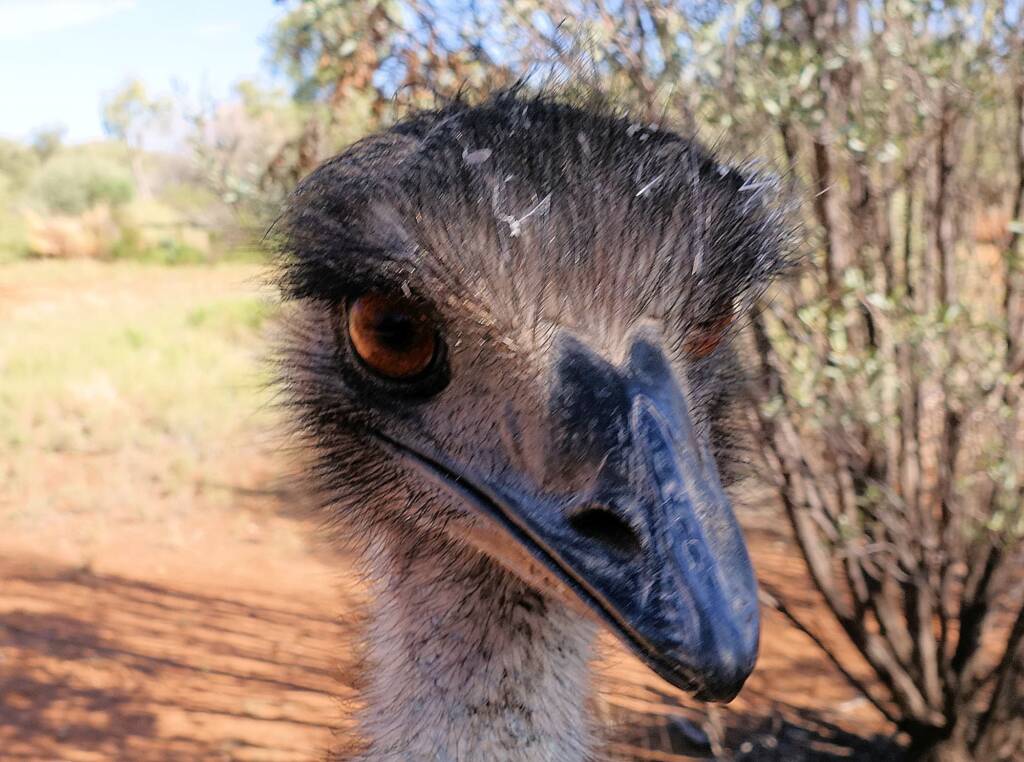
The adult emus are covered in feathers that are shades of grey to brown and white in colouration. The feathers on the body, give the emu a shaggy look. The neck and head of the emu have less feathers, with areas near the face having only a slight short covering and can be bluish-black, brown and/or white in colour. A soft-feathered bird with greatly reduced wings, three forward-facing toes, and a long neck and legs. These powerful legs enable the emu to travel great distances, and have been recorded sprinting at 50 km per hour.
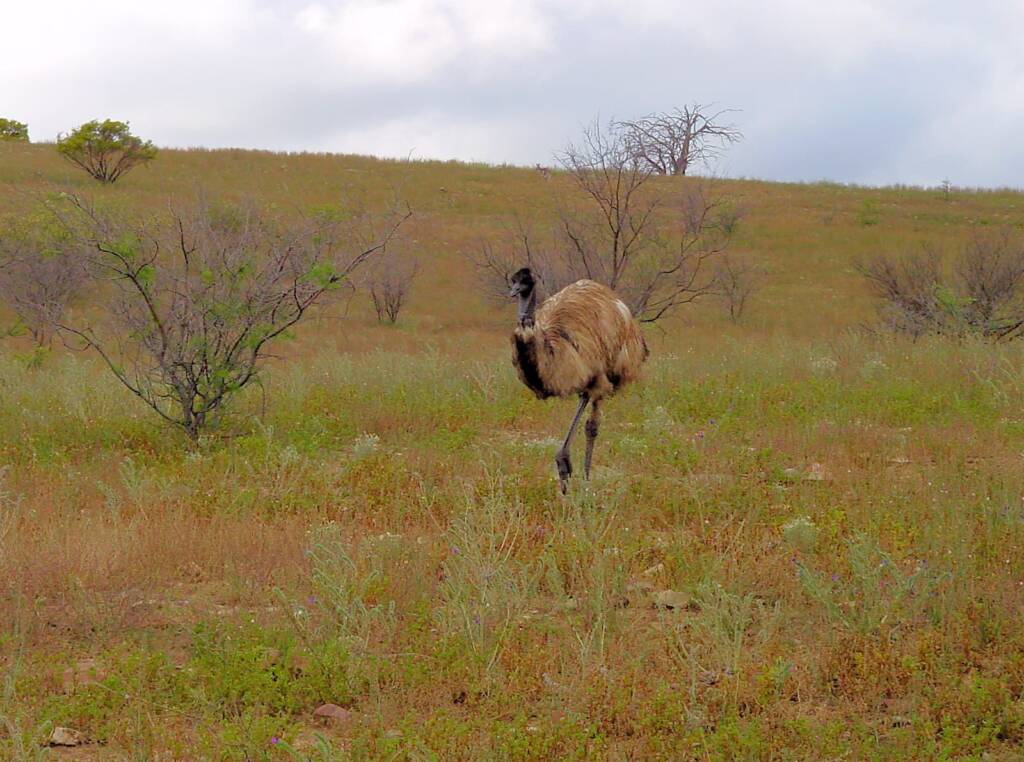
It is found across much of mainland Australia, although rare to see it near heavily populated areas. They are often seen along roadsides and fence-lines. Tasmania, Kangaroo Island and King Island were know to have a sub-species of the emu, that became extinct after European settlement of Australia in 1788.

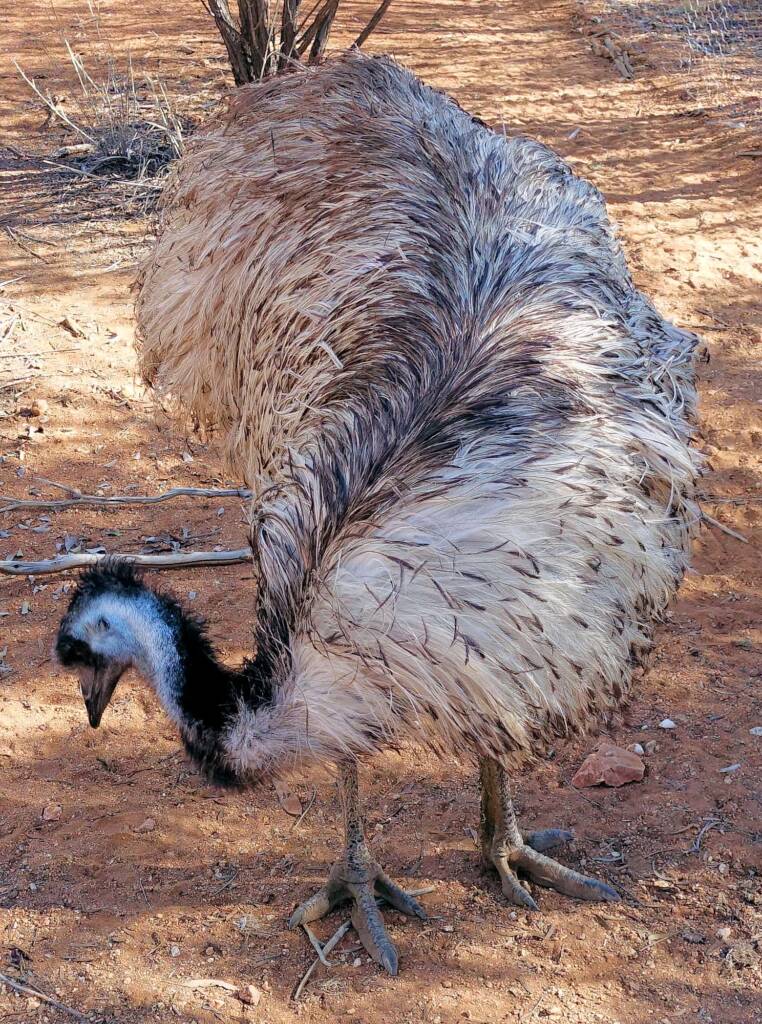
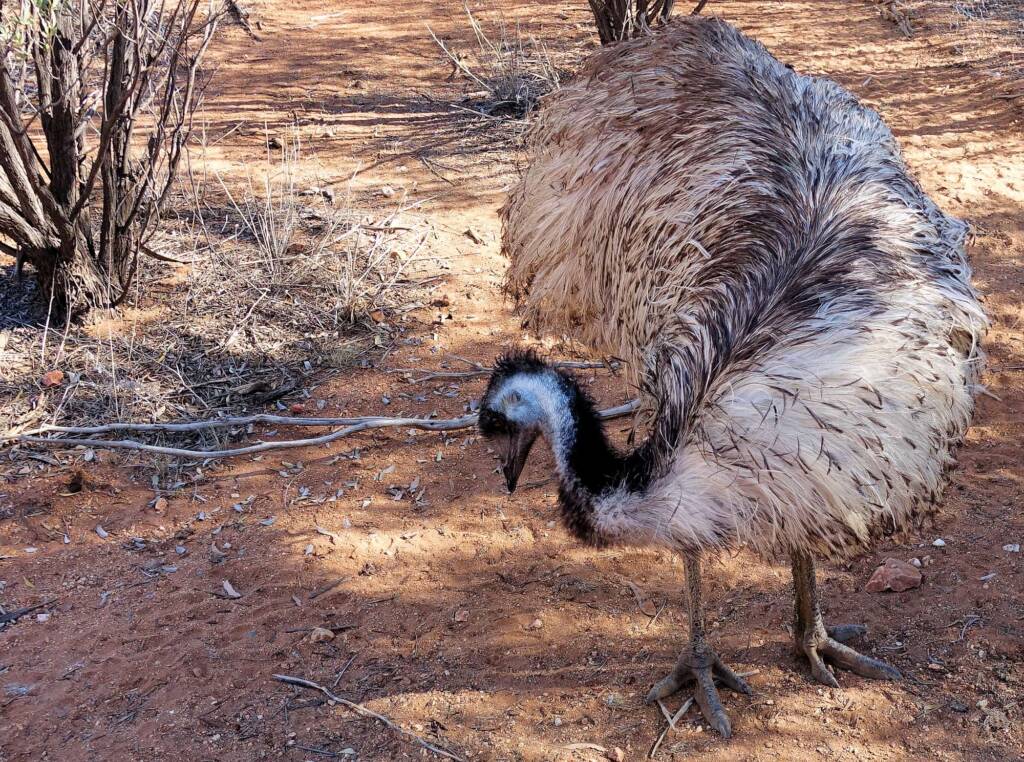
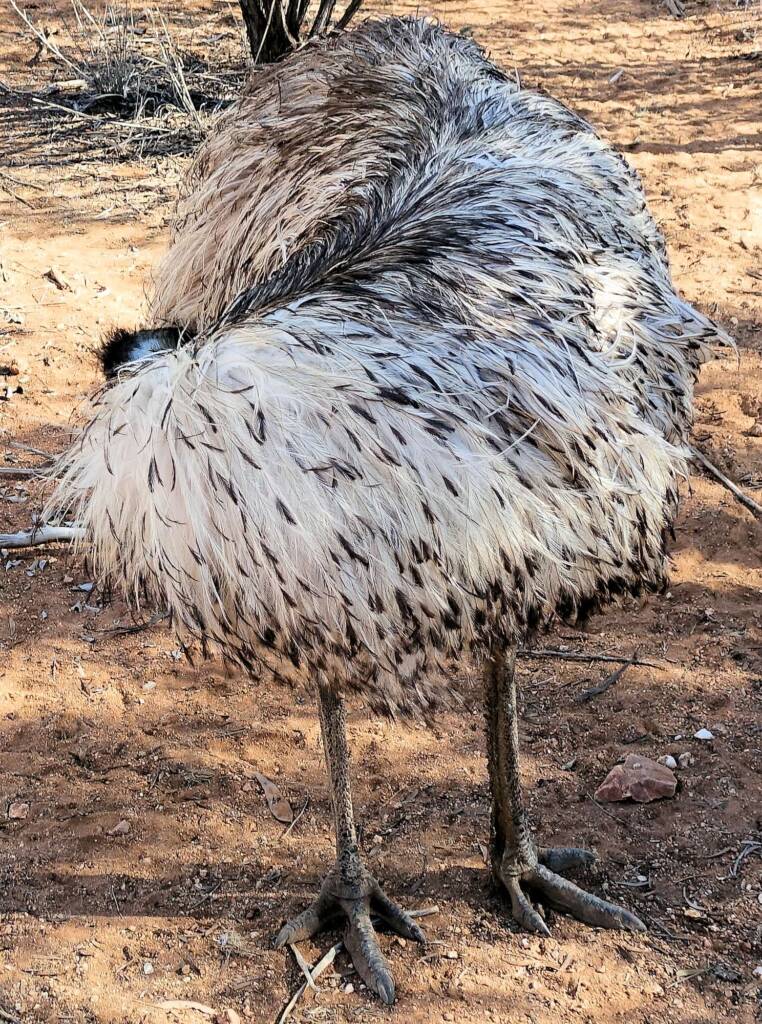
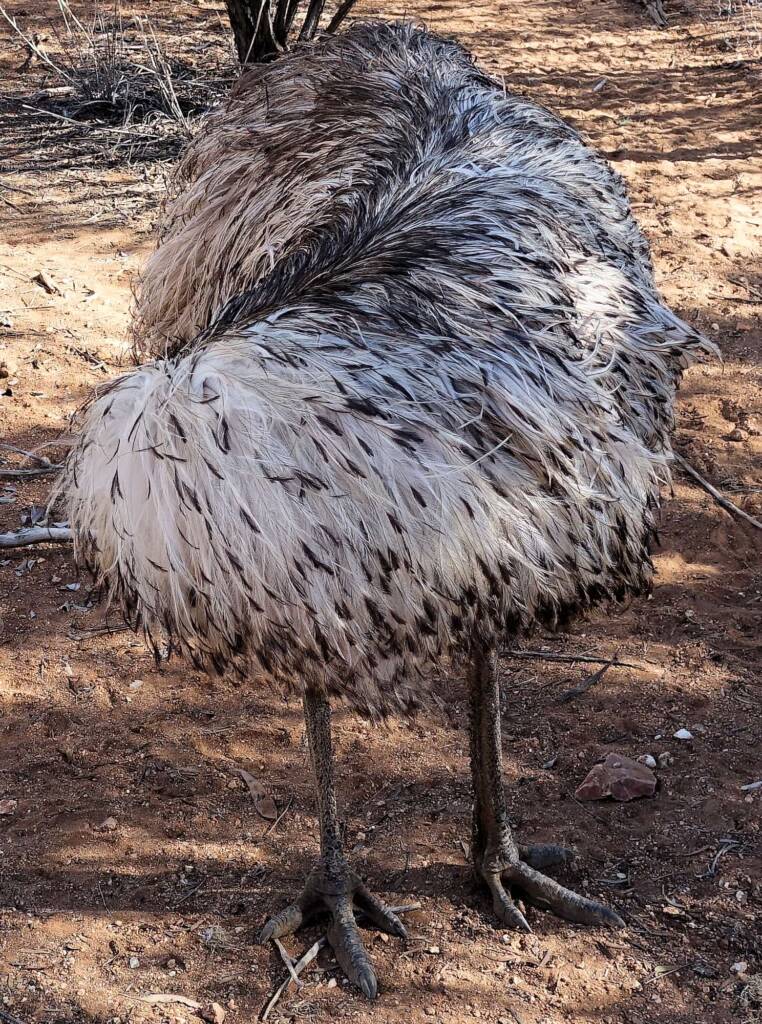

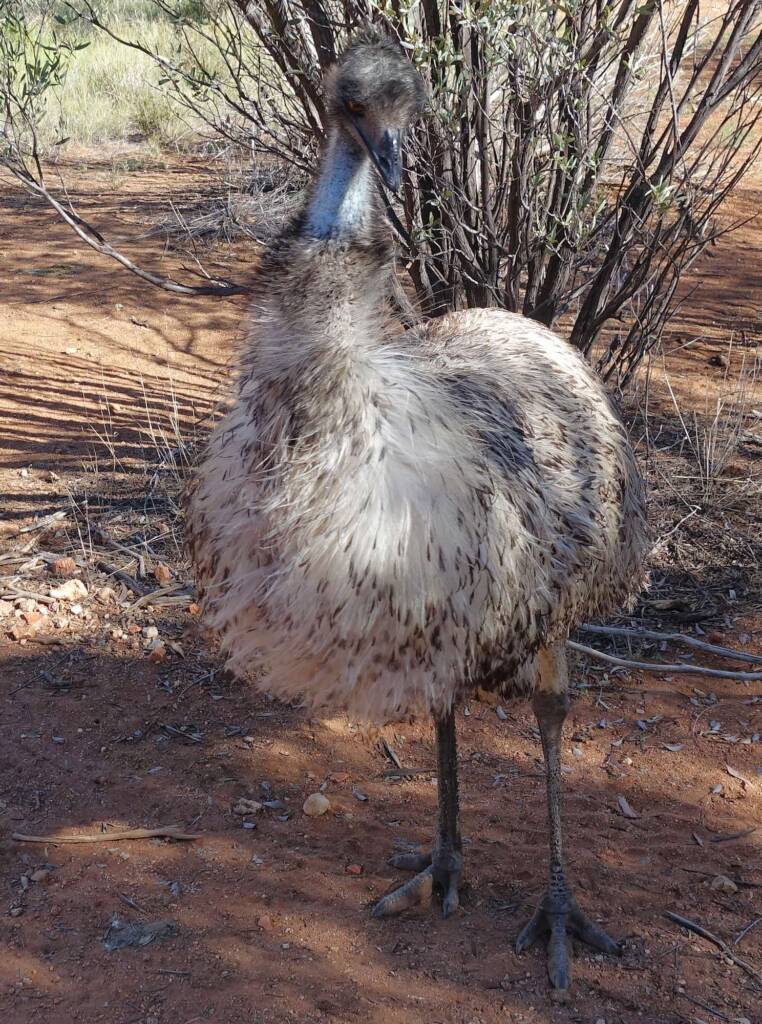

During the mating season (between May and June), the female emu lays about a dozen green eggs. She then leaves the male to incubate the eggs on his own. Female emus often mate with more then one male at a time, and can lay several clutches of eggs in a season.
Incubation is around 55 days. Once the eggs have hatched, the striped chicks will also be looked after by the male emu. They reach full size in about six months, but will often remain as a family unit until the next breeding season.
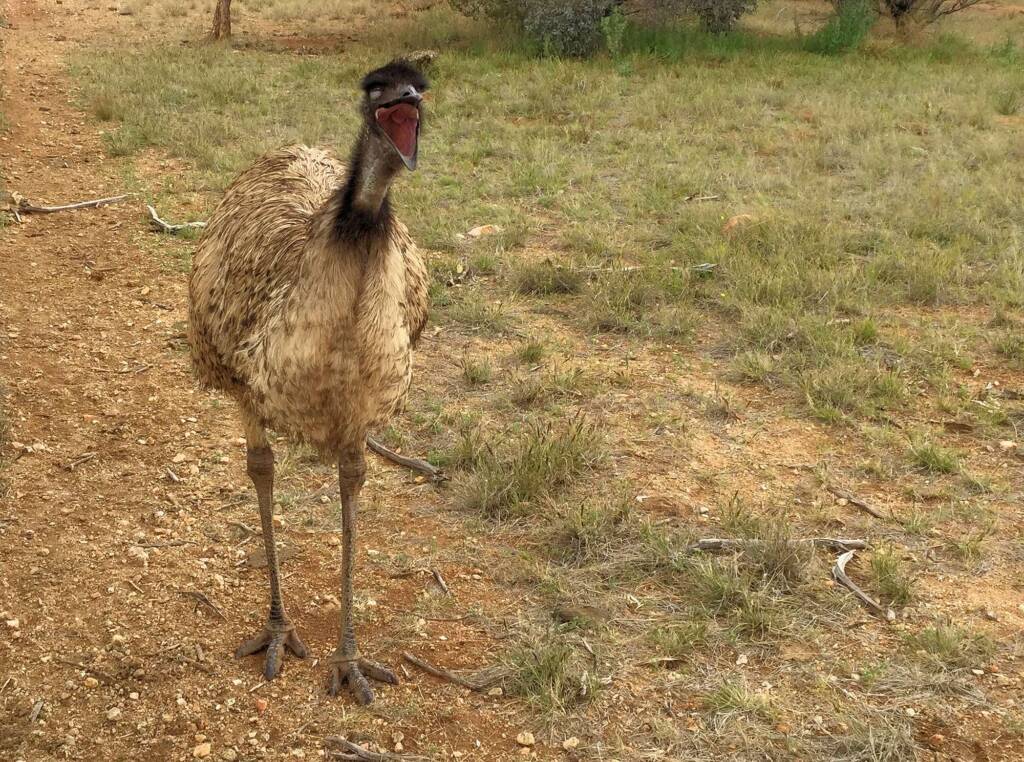
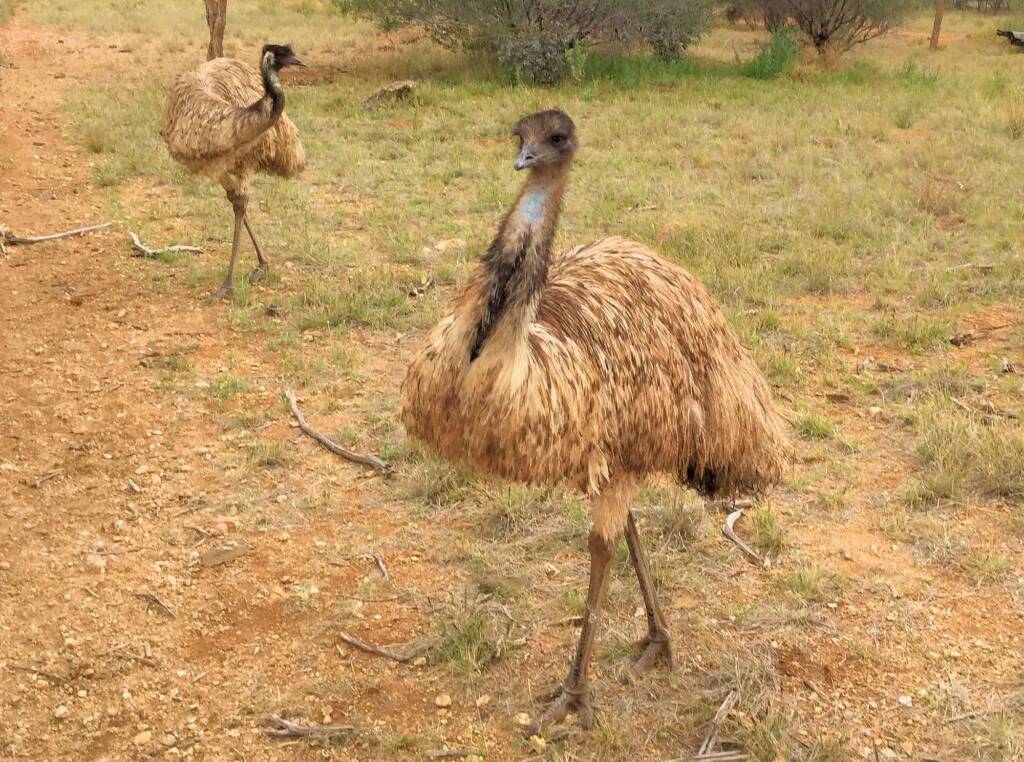
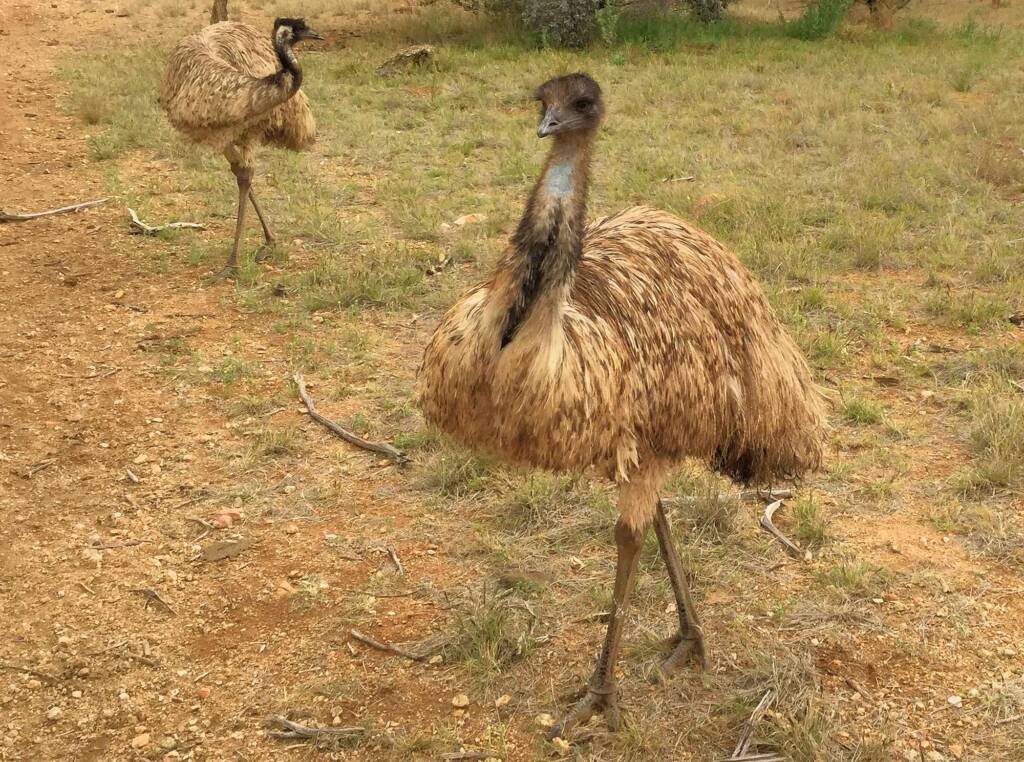

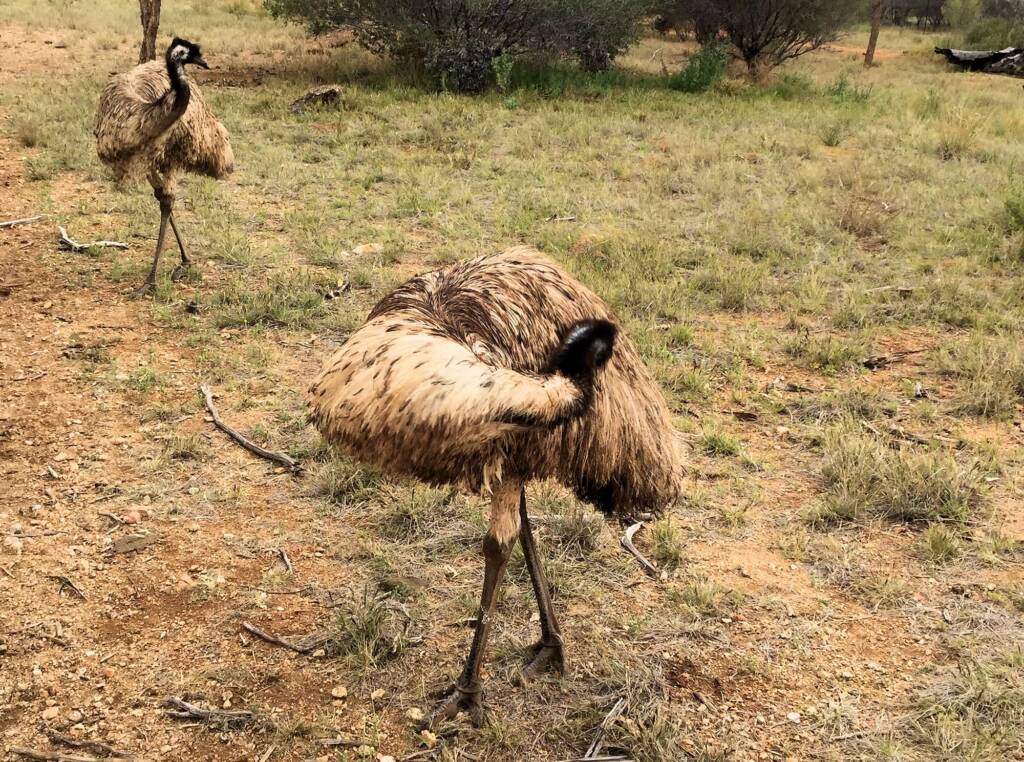

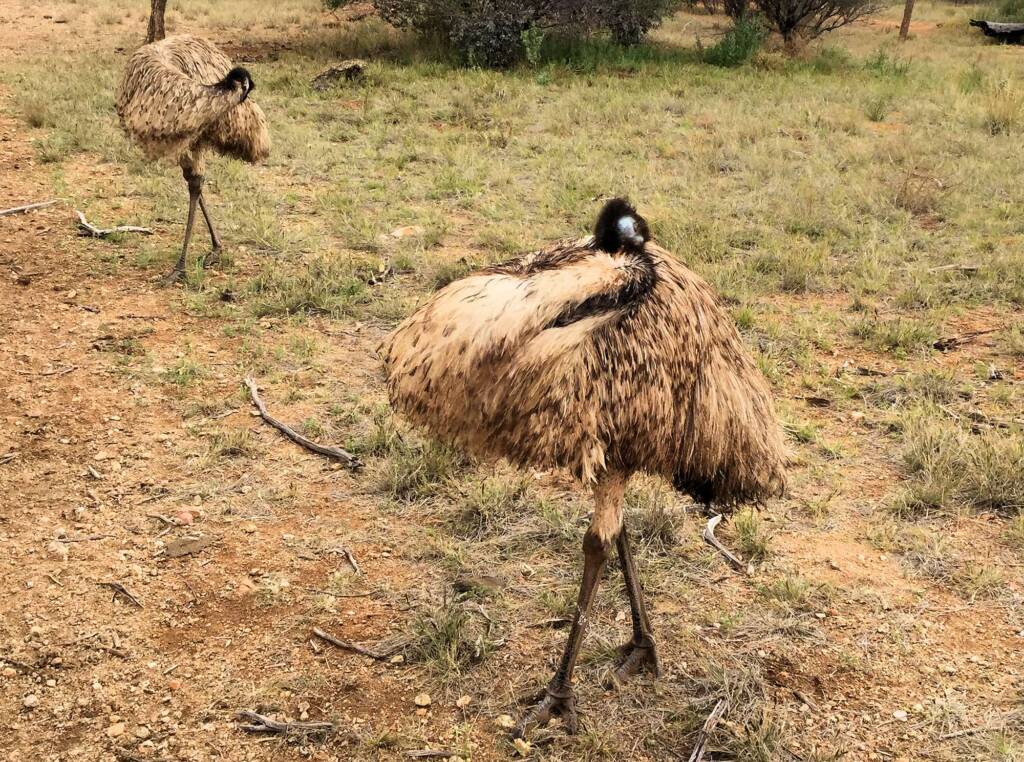

Images © Ausemade Pty Ltd
The emu appears on the Australian coat of arms and various coins. The bird is also an important part of Australian Indigenous people dreaming and culture, also depicted as symbolic emu tracks and emu ancestors in paintings by Australian Aboriginal artists.
The Ratites
Ratites are a family of mostly large flightless and long legged birds that includes ostriches, emus and the New Zealand’s extinct giant moa. The exception is the New Zealand Kiwi, being small and short-legged. They belong to the infraclass Palaeognathae. The term “ratite” refers to the fact that this group of birds have no keel on their sternum. The term comes from the Latin ratis (raft, a vessel which has no keel).
It is thought that these birds evolved about 65 million years ago, about the time that the dinosaurs died out.
How these birds evolved on different land mass separated by ocean if they could not fly, was researched by a team led by Dr Matthew Phillips,
The surprising answer to this puzzle has recently been discovered by a team, led by Dr Matthew Phillips, an ARC Postdoctoral Fellow at the ANU Research School of Biology. The team found that rather than having a common flightless ancestor as was originally thought, the Ratites’s closest relatives are in fact the small flying tinamous of South America. This implies that the evolutionary traits of being large and flightless evolved separately in each location driven by environmental factors such as plentiful food and a lack of large predators.
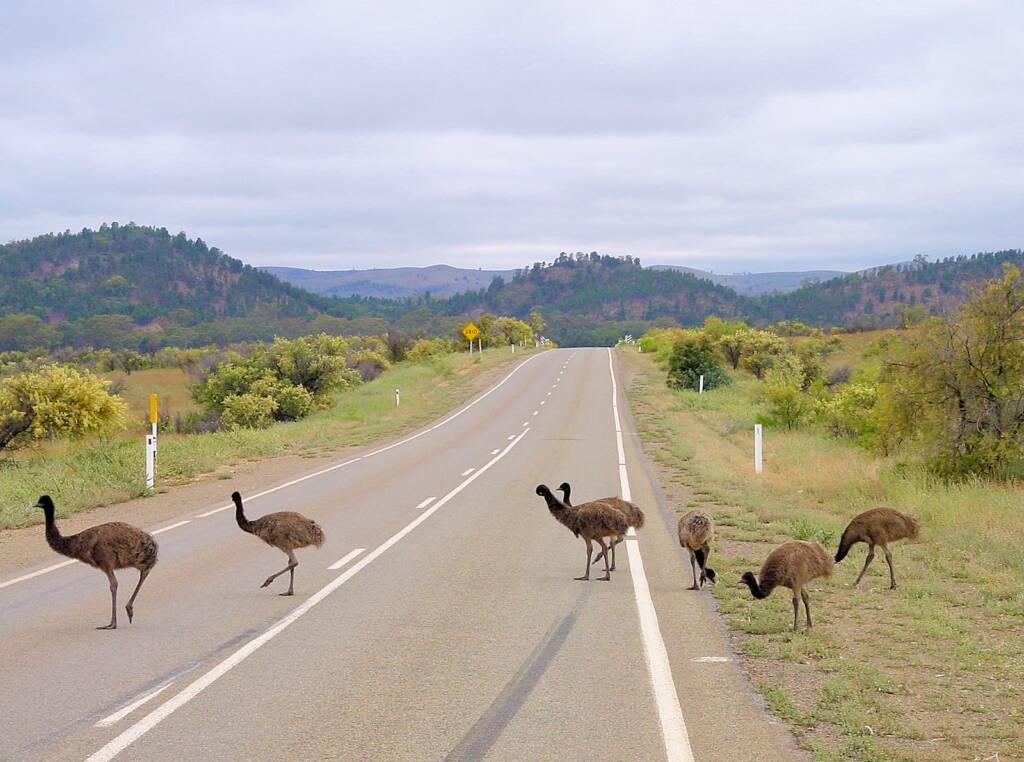


Check out our Emu section under Alice Springs Desert Park. Additional information on the Emu in Aboriginal culture, can be found under our Aboriginal Symbols section.
- Scientific classification
- Kingdom: Animalia
- Phylum: Chordata
- Class: Aves
- Order: Casuariiformes
- Family: Casuariidae
- Genus: Dromaius
- Species: D. novaehollandiae
- Binomial name: Dromaius novaehollandiae
Footnote & References
- The Mystery of the Ratites, How Did Flightless Birds Cross the Oceans? by Dr Matt Phillips, Sciencewise – Autumn 2010, Australian National University, http://sciencewise.anu.edu.au/articles/Ratites
- Fragile beauty: emu eggs in early Australian gold and silverware, by Marika Strohschnieder, 31 July 2020, NGV, https://www.ngv.vic.gov.au/essay/fragile-beauty-emu-eggs-in-early-australian-gold-and-silverware/
BirdsApostlebird Australasian Darter Australasian Figbird Australasian Gannet Australasian Grebe Australasian Pipit Australasian Robins Australasian Shoveler (Spatula rhynchotis) Australasian Wrens Australian Babblers Australian Bustard Australian Chats Australian Magpie Australian Pelican Australian Pratincole (Stiltia isabella) Australian White Ibis Bassian Thrush Black-faced Cormorant Black-faced Woodswallow Black Swan Bowerbirds Brolga Brown Songlark Channel-billed Cuckoo Cinnamon Quail-thrush Cormorants Cuckooshrikes and Allies Dotterels Lapwings Plovers Doves & Pigeons Emu Fairy Martin Finches Grey Fantail Grey Teal Honeyeaters Kingfishers Little Friarbird Little Grassbird Magpie-lark Masked Woodswallow Noisy Pitta Olive Whistler Paradise Riflebird Pardalotes Parrots Pheasant Coucal Pied Butcherbird Rainbow Bee-eater Raptors Rufous Fantail Redthroat Rufous Bristlebird Silver-crowned Friarbird Torresian Crow Waders Welcome Swallow (Hirundo neoxena) Whiskered Tern (Chlidonias hybrida) White-browed Woodswallow White Capped Noddy White-faced Heron White-necked Heron Willie Wagtail Yellow-throated Scrubwren
